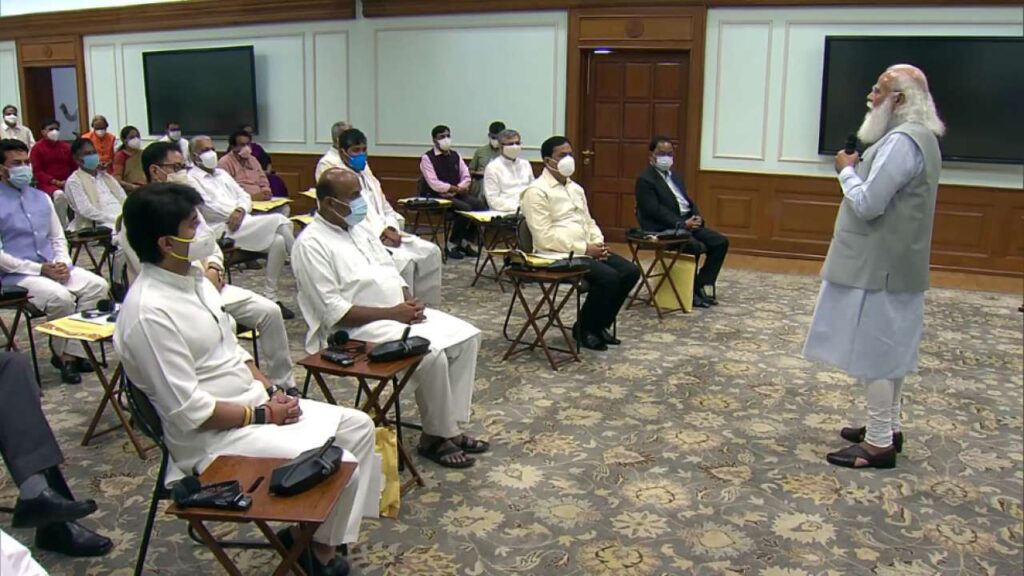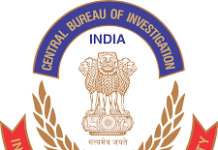
More people from socially and economically disadvantaged communities, women, and people with administrative and legislative experience are represented on the new Union council of ministers, which was sworn in on Wednesday. The new team is being formed with an eye on the upcoming state elections and in line with the Bharatiya Janata Party’s (BJP) social engineering strategy of reaching out to the socially and economically disadvantaged.
43 ministers were sworn in on Wednesday. Thirty-six are new to the council of ministers, and seven are promoted ministers of state (including some ministers of state with independent charge). Seven of the 43 are women, and they are all new to the council
With the changes and the resignation of 12 ministers from the council, the new council of ministers now has a total of 77 members, excluding the prime minister. There are 11 women among them, including two cabinet ministers (finance minister Nirmala Sitharaman and women and child development minister Smriti Irani).
There are 27 ministers from 19 OBC communities across 15 states; eight ministers from scheduled tribes (ST) across seven communities and eight states; and 12 ministers from scheduled castes (SC) across 12 communities and eight states.
“The BJP walks the talk on inclusivity. We choose to go with the constitutional definition of who can be defined as a minority, while the opposition parties only consider Muslims as minorities. It is for the first time probably that proper representation has been given to all communities,” said former MP and spokesperson Bizay Sonkar Shastri.
The focus on OBCs and SCs/STs is unsurprising, given that they account for 47 of the 77 members of the council of ministers.
In many states, the BJP has been able to unite the traditionally fragmented Hindu vote by appealing to OBCs and SCs/STs.
Three of the four ministers inducted from West Bengal are from the SC/ST communities: Cooch Behar MP Nisith Pramanik, Alipurduar MP John Barla, and Bongaon MP Shantanu Thakur.
“The BJP’s mantra is Sabka Saath, Sabka Vikas, and Sabka Vishwas. By giving proportionate representation to OBCs, SCs and STs in the council we have followed our mantra. The decision also gives people confidence that PM Modi believes in social justice and when given a chance delivers on it too,” said Shastri, who is also a former chairman of the national commission for SC and ST.
The average age of the current council of ministers is 58 years, compared to 61 years for the previous council. There are 14 ministers under the age of 50 in total, with six of them holding cabinet positions. Pramanik, for example, is 35 years old, Thakur is 38, and Mirzapur MP Anupriya Patel is 40.
“Prime Minister Narendra Modi has always spoken of a new and aspirational India. The choice of candidates for the council of ministers is the implementation of this vision. It is the prerogative of the PM to decide the names of the council which reflects his vision,” said Nalin Kohli, national spokesperson of the BJP.









